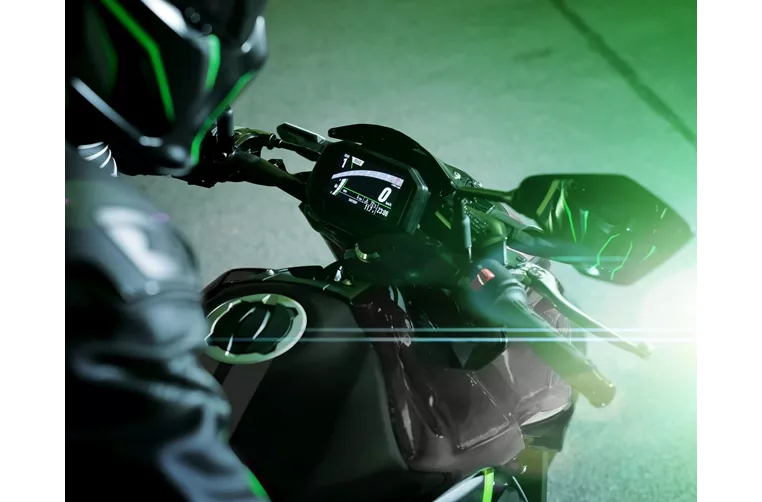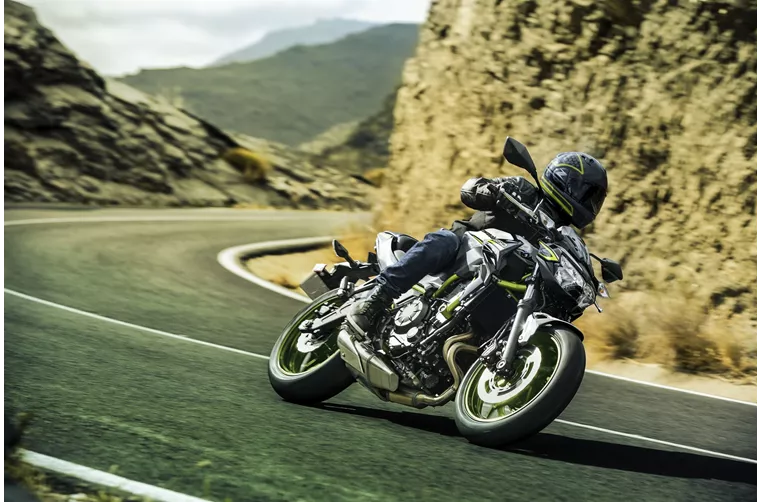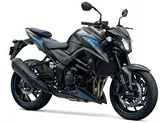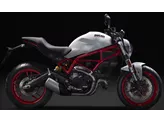Kawasaki Z900 2023 vs. Kawasaki Z650 2021
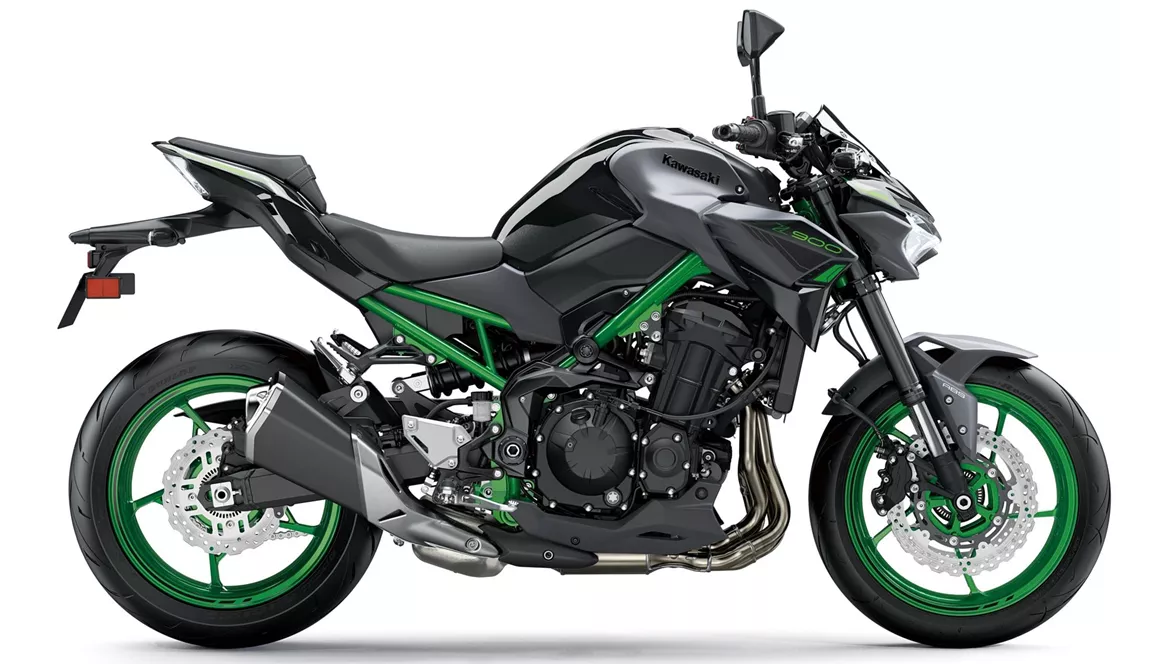
Kawasaki Z900 2023
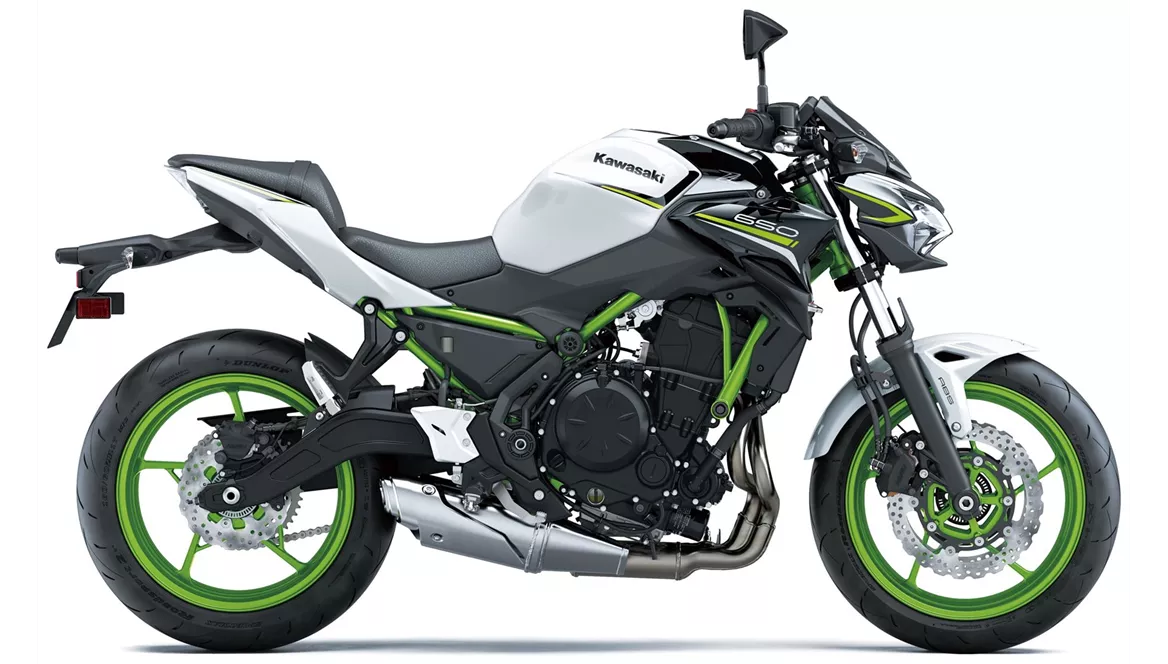
Kawasaki Z650 2021
Overview - Kawasaki Z900 2023 vs Kawasaki Z650 2021
The Kawasaki Z900 2023 is a naked bike with a powerful engine and advanced rider assistance systems. Its in-line engine produces 125 HP of power and 98.6 Nm of torque, providing a thrilling riding experience. The fuel system is injection-based, ensuring efficient and smooth fuel delivery. With four cylinders and liquid cooling, the engine performs optimally and maintains a consistent temperature.
In terms of suspension, the Z900 2023 features an upside-down telescopic fork at the front and a swing arm with a monoshock at the rear. The suspension can be adjusted for preload and rebound, allowing riders to customize their riding experience. The double cradle steel frame provides a sturdy and stable platform for the bike.
Braking is handled by double disk brakes at the front with a diameter of 300 mm and four pistons, utilizing petal technology. This ensures excellent stopping power and control. The bike also comes equipped with advanced rider assistance systems, including ABS, riding modes, ride by wire, and traction control. These systems enhance safety and improve overall performance.
In terms of dimensions and weights, the Z900 2023 has a front tire width of 120 mm and a rear tire width of 180 mm, both with a diameter of 17 inches. The wheelbase is 1450 mm, providing stability and maneuverability. The seat height is 795 mm, accommodating riders of various heights. With a kerb weight of 212 kg (with ABS), the bike may feel slightly heavy compared to other models.
The Z900 2023 is equipped with LED daytime running lights, LED headlights, and a TFT display. These features enhance visibility and provide a modern and stylish look.
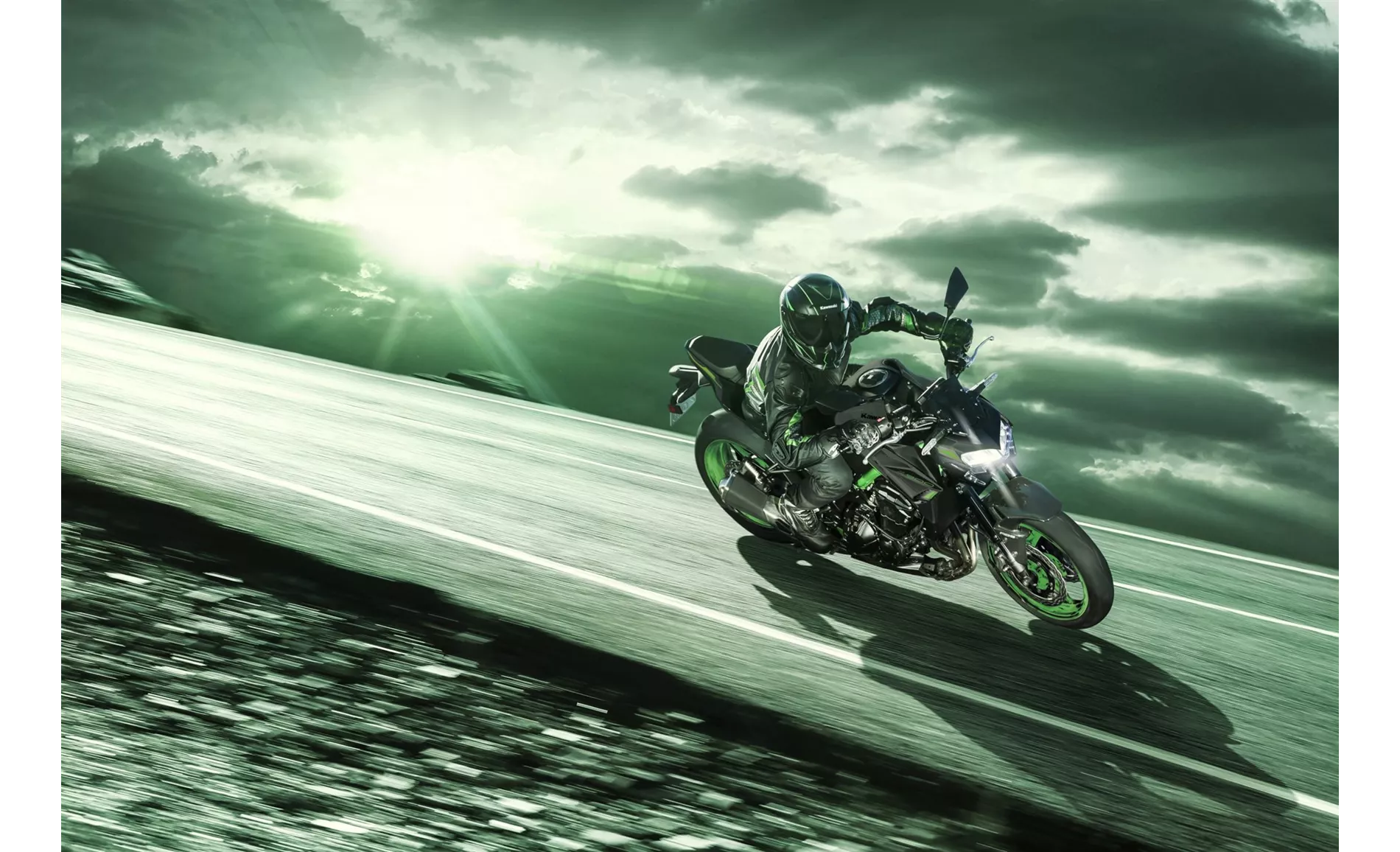
Kawasaki Z900 2023
On the other hand, the Kawasaki Z650 2021 is a naked bike with a more accessible two-cylinder engine. It produces 68.2 HP of power and 65.7 Nm of torque, offering a smooth and enjoyable ride. The fuel system is also injection-based, ensuring efficient fuel delivery.
The Z650 2021 features a telescopic fork at the front and a swing arm with a monoshock at the rear for suspension. The rear suspension can be adjusted for preload. The steel frame, specifically a tubular frame, provides stability and durability.
Braking is handled by double disk brakes at the front with a diameter of 300 mm and double pistons, utilizing petal technology. The bike is equipped with ABS for added safety.
In terms of dimensions and weights, the Z650 2021 has a front tire width of 120 mm and a rear tire width of 160 mm, both with a diameter of 17 inches. The wheelbase is 1410 mm, slightly shorter than the Z900 2023. The seat height is 790 mm, accommodating riders of various heights. With a kerb weight of 187.1 kg (with ABS), the bike is relatively lightweight.
The Z650 2021 is also equipped with LED daytime running lights, LED headlights, and a TFT display. The display offers connectivity options, enhancing the overall riding experience.
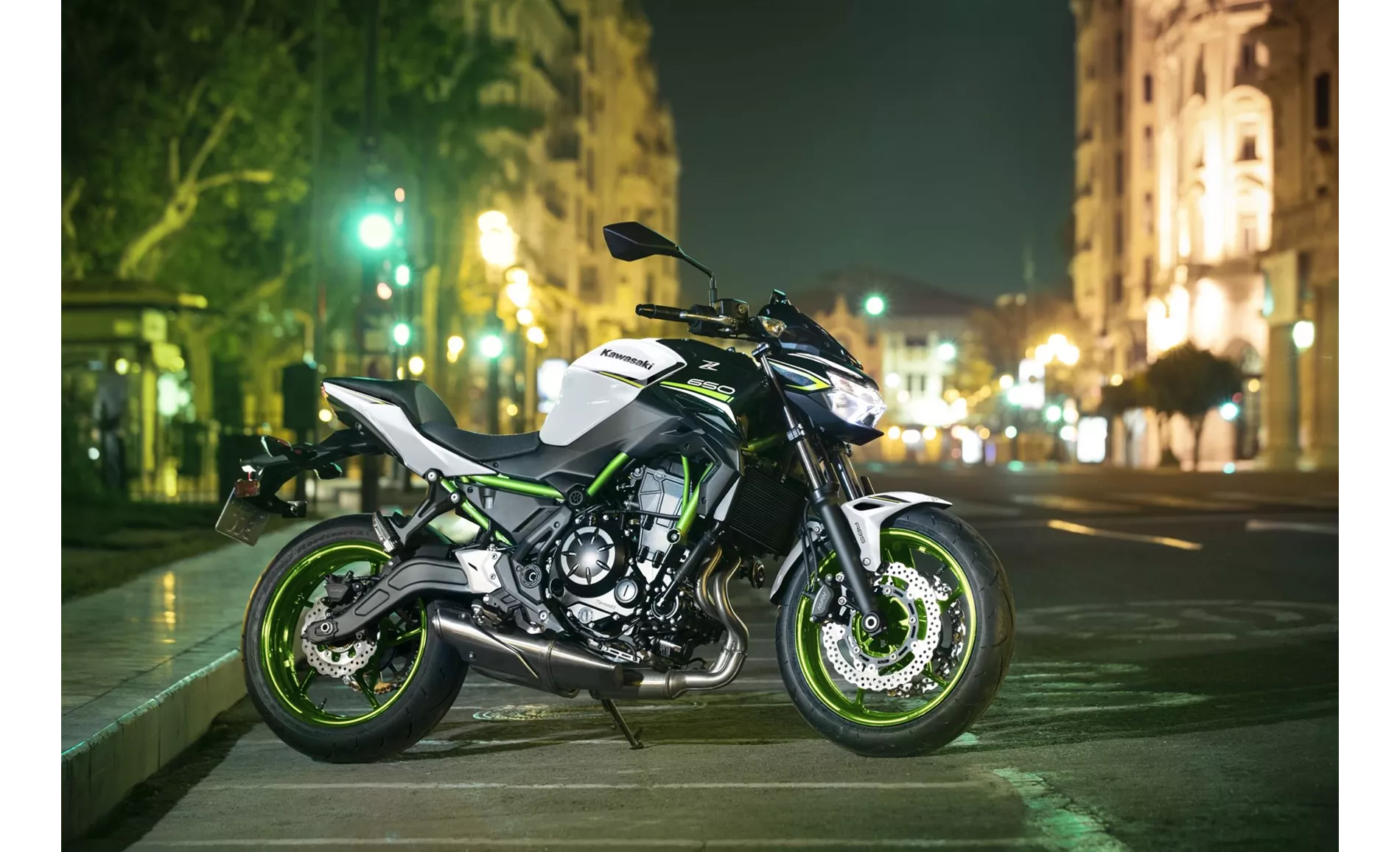
Kawasaki Z650 2021
In terms of strengths, the Z900 2023 offers light and natural handling with high stability. The engine provides a silky smooth power delivery with full pull from low revs. The chassis transparency and feedback are excellent, allowing riders to feel connected to the road. The seating position is comfortable and provides a feel-good factor. Additionally, the Z900 2023 is priced fairly, making it an attractive option.
On the other hand, the Z650 2021 has its strengths in its accessible two-cylinder engine, compact dimensions, and low seat height. The chassis is stable, and the bike has a grown-up look. The TFT display with connectivity adds a modern touch to the bike.
In terms of weaknesses, the Z900 2023 has a relatively cumbersome menu operation and lacks slope-dependent assistance systems. Additionally, the bike has a high weight, which may affect maneuverability for some riders.
The Z650 2021, on the other hand, may be uncomfortable for tall riders due to its compact dimensions. The adrenaline level in the saddle may also be lower compared to its competition.
Overall, both the Kawasaki Z900 2023 and the Kawasaki Z650 2021 offer unique features and strengths. The Z900 2023 is more powerful and comes with advanced rider assistance systems, while the Z650 2021 is more accessible and has a lower seat height. Riders should consider their preferences and riding style when choosing between the two models.
Technical Specifications Kawasaki Z900 2023 compared to Kawasaki Z650 2021
Pros and Cons in comparison
Pros and Cons in comparison
Kawasaki Z900 2023
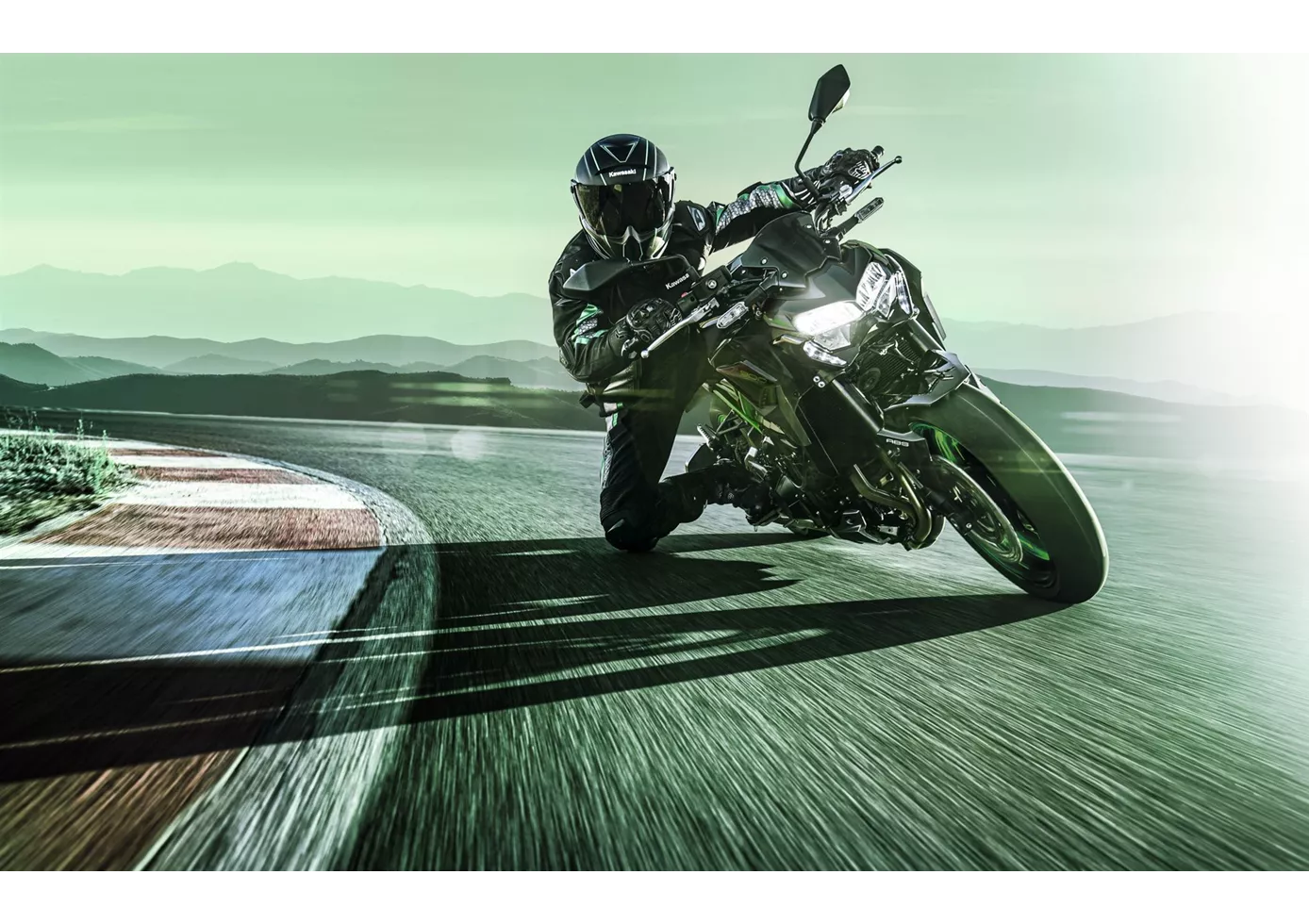
The Kawasaki Z900 may not be up to scratch when it comes to modern, lean angle-dependent electronic features, but it's relatively cheap and you shouldn't underestimate the fan base of the good old inline four - the Z900 is one of the cheapest ways to own such a great engine with just under a litre of displacement in a sporty naked bike! The higher weight is noticeable, but not massively annoying, because the handling and stability are quite alright. In terms of "outdated" electronics, the most annoying thing is the missing shift assistant, which is not even available as an option. Overall, however, the Z900 is a great naked bike with a great price-performance ratio.
Kawasaki Z650 2021
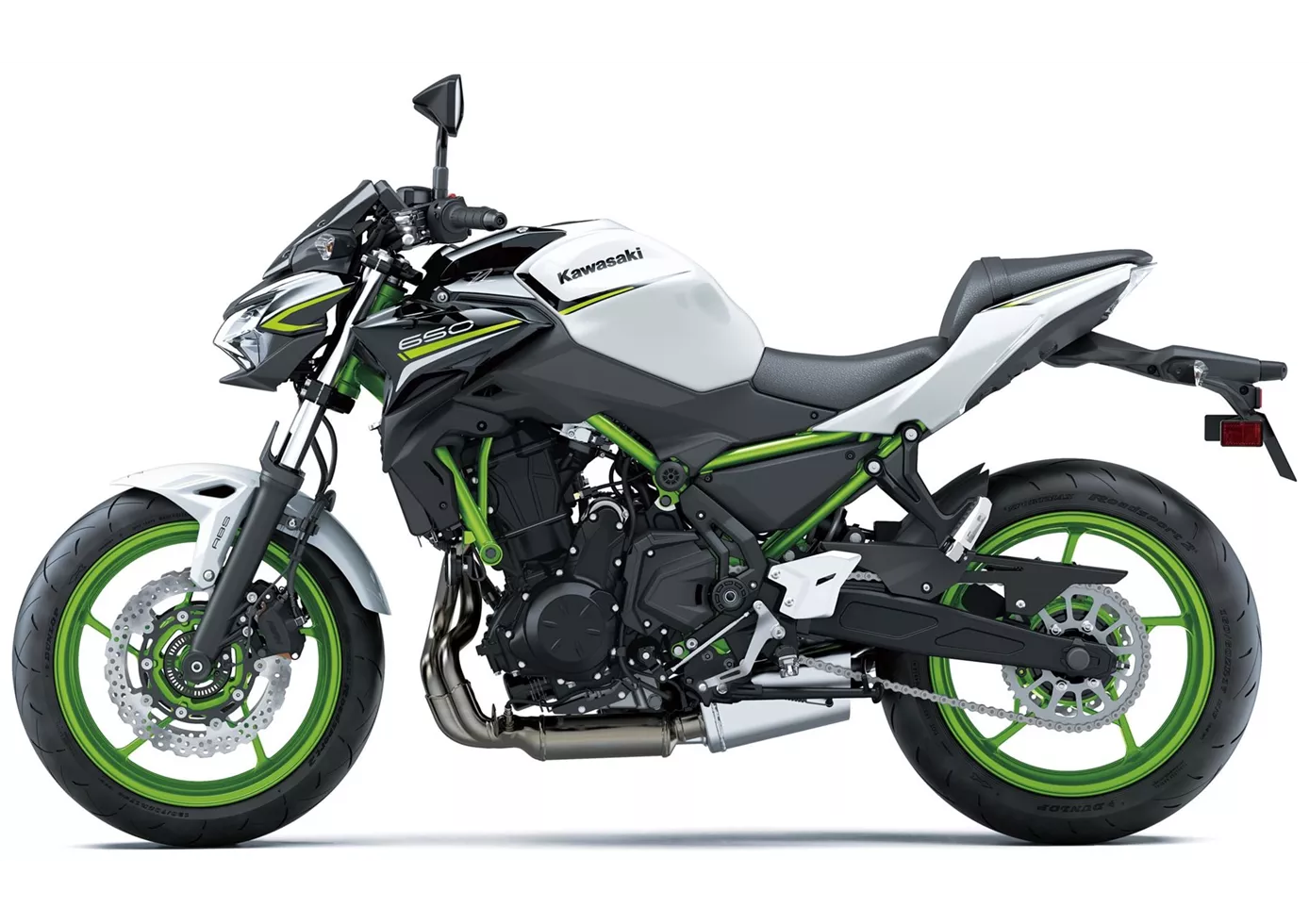
Even in 2021, the Kawasaki Z 650 stands for easy riding with great looks and good equipment. Both seat height and engine are very accessible and will give both experienced riders and newcomers a lot of pleasure. If you are looking for an honest naked bike without any big surprises, this is the bike for you. Due to its compact dimensions, however, you should try it out before buying and perhaps go for the raised seat.
Price Comparison Avarage Market Price Kawasaki Z900 vs Kawasaki Z650
There are a few key differences between a Kawasaki Z900 2023 and a Kawasaki Z650 2021. In terms of price, the actual average price of a Kawasaki Z900 2023 is about 53% higher. Compared to Kawasaki Z650 2021 there are more Kawasaki Z900 2023 bikes available on the 1000PS.de Marketplace, specifically 187 compared to 25. It takes less time to sell a Kawasaki Z650 with 106 days compared to 122 days for the Kawasaki Z900. Since model year 2017 1000PS.de editors have written 46 reviews for the Kawasaki Z900 and 31 reviews for the Kawasaki Z650 since model year 2017. The first review for the Kawasaki Z900 was published on 11/11/2016 and now has more than 93,200 views. This compares to more than 25,000 views for the first review on Kawasaki Z650 published on 08/11/2016.
